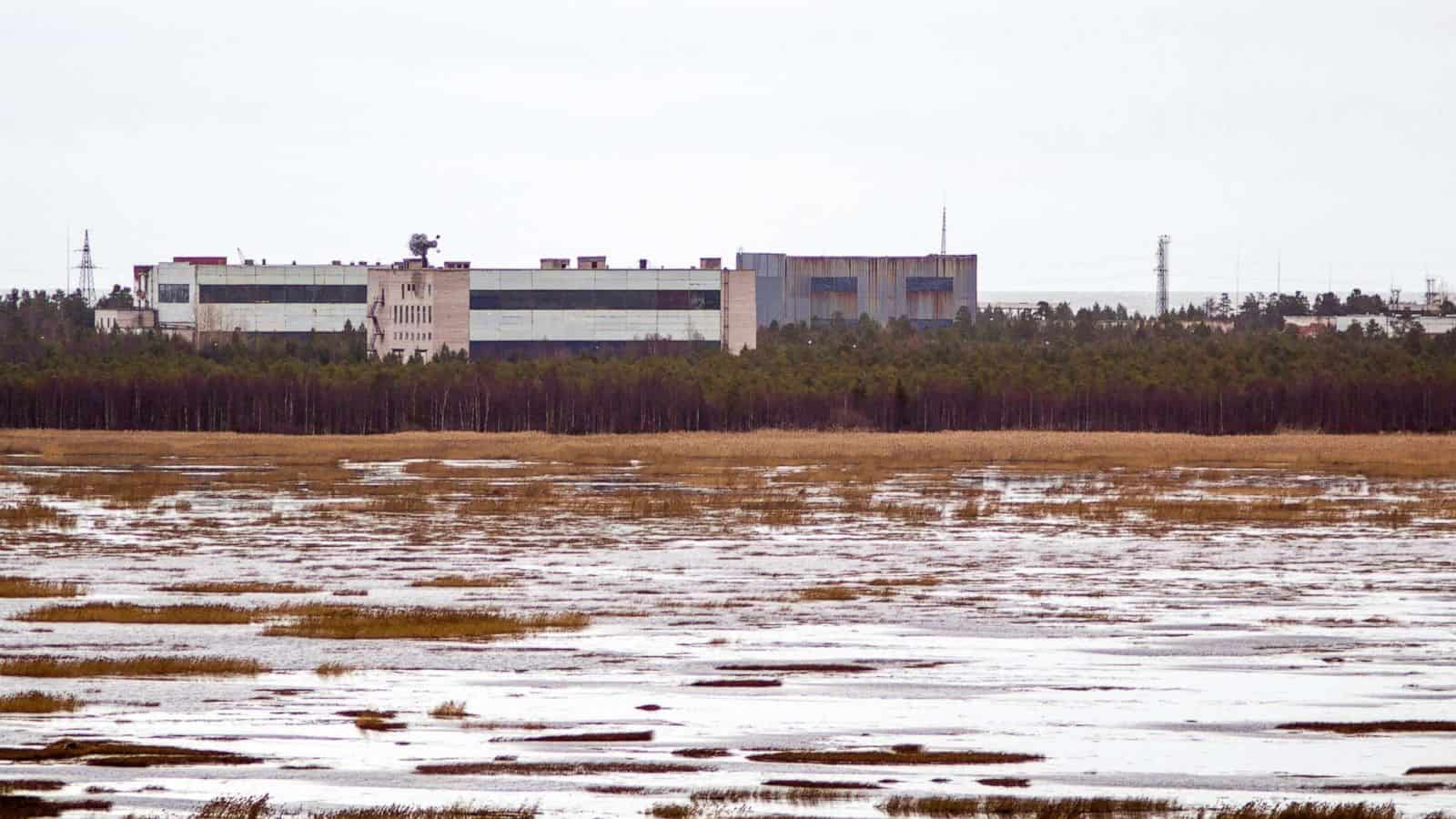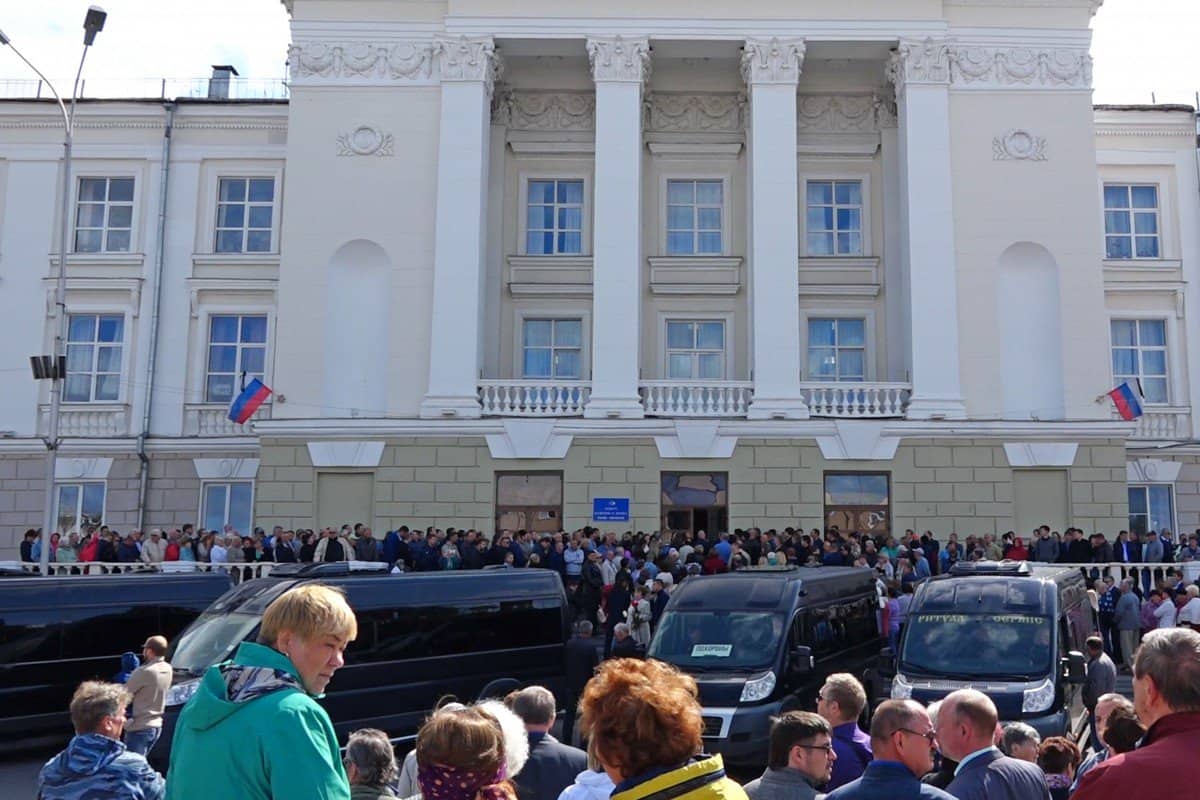Radiation levels were up to 16 times the norm in a nearby town, the national weather service said Tuesday August 13th, after an explosion at a Russian missile testing site on Thursday. Russian authorities recommended residents leave area.
The explosion at the Arctic facility on Thursday killed five scientists with Russia’s nuclear agency, which later confirmed they were involved in testing new weapons. More victims were hospitalized.
In Severodvinsk, a town about 30 kilometres from the Nyonoksa test site, weather monitoring service Rosgidromet’s sensors registered gamma radiation exceeding background levels by “four to 16 times”, it said.
According to Rosgidromet, the levels were higher at six out of eight of its stations in Severodvinsk and that levels returned to normal after 2.5 hours. One of the sensors registered a level of 1.78 microsieverts per hour, well above the local average but far below dangerous levels.
Following Thursday’s explosion, Russian authorities recommended residents of Nyonoksa leave their village while work is carried out nearby, Interfax news agency cited local officials said Tuesday.
“We have received a notification…about the planned activities of the military authorities. In this regard, residents of Nyonoksa were asked to leave the territory of the village from Aug. 14,” authorities in Severodvinsk were quoted as saying.
Thrown into sea
Russia’s Rosatom nuclear agency has said its staff had been providing support for the “isotope power source” of a missile and were thrown into the sea from the testing platform by the force of the explosion.
Medics who treated victims of the accident have been sent to Moscow for medical examination, TASS news agency cited an unnamed medical source as saying on Tuesday.
The medics sent to Moscow have signed an agreement promising not to divulge information about the incident, TASS cited the source as saying.
Contrary accounts
Local authorities in Severodvinsk last week initially published information about the spike in radiation, but later deleted it and a local official said that radiation levels were not above the norm.
US experts have linked the incident to the 9M730 Burevestnik nuclear-powered cruise missile touted by President Vladimir Putin earlier this year.
Putin’s spokesman Dmitry Peskov on Tuesday did not confirm that the accident was linked to the Burevestnik project.
Peskov added however that Russian research and development in the sphere of nuclear-powered missiles “significantly surpass the level reached by other countries and are rather unique.”
US President Donald Trump on Monday said the United States “is learning much” from the explosion and claimed that Washington has “similar, though more advanced, technology.”











